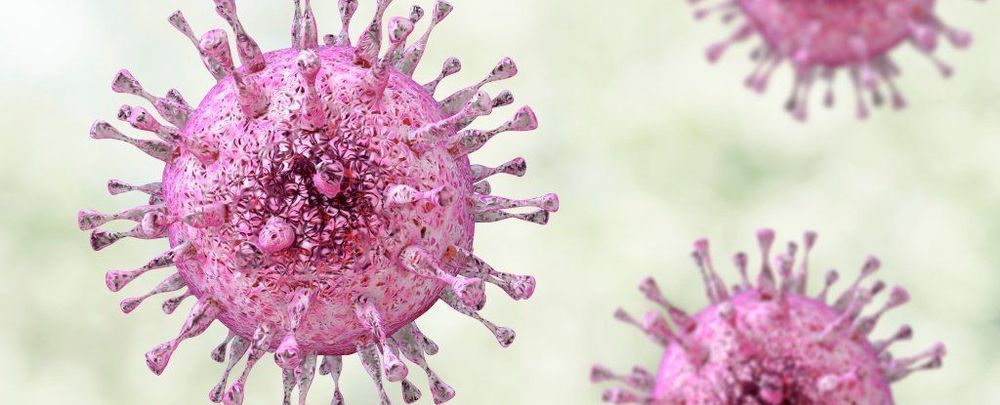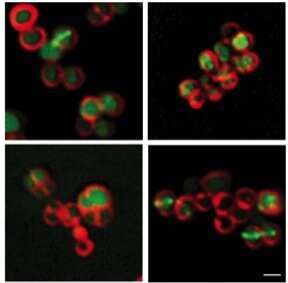A hi-tech hydroponic farm is producing fresh, leafy greens right in the heart of London, 100 feet below ground.
(Nearly) Unlimited Water
Posted in singularity, solar power, sustainability
This is Part Three of a five-part series by Ramez Naam, Singularity University Adjunct Faculty, exploring the power of innovation to boost our access to energy, food, water, raw materials, and human population. All are based on his new book, The Infinite Resource: The Power of Ideas on a Finite Planet
In Part One and Two of this series I showed that we have access to a huge amount of potentially available energy and food on the earth, both stemming from the tremendous input of solar energy to the planet. We have very serious energy and food challenges, which cannot be dismissed. But the challenges are not in the form of a hard limit – they’re in the form of a race between innovation and consumption. Victory in this race is certainly not guaranteed. But the most important variable – how quickly we innovate – is one we can affect through our policies. That’s a topic we’ll return to at the end of this series.
Resurrecting Jesus from DNA
Posted in biotech/medical
Author X boldly presents a story of a group of new age scientists that has found a way to use DNA and cutting-edge technology to resurrect Jesus Christ, or at least somebody similar. Only one man (Dr. Samuel John) who is the voice of reason for the entire world will have to decide if he should or shouldn’t help make this a reality. Is this real life or is it fantasy? How will Christians react? How will the world react? How will you react when the Only Begotten Son has returned?
Viruses are mostly known for their aggressive and infectious nature.
It’s true, most viruses have a pathogenic relationship with their hosts – meaning they cause diseases ranging from a mild cold to serious conditions like severe acute respiratory syndrome (SARS). They work by invading the host cell, taking over its cellular machinery and releasing new viral particles that go on to infect more cells and cause illness.
But they’re not all bad. Some viruses can actually kill bacteria, while others can fight against more dangerous viruses. So like protective bacteria (probiotics), we have several protective viruses in our body.
But why would anyone want to live that long? Imagine, for a start, all the debt you’d accrue.
A new disruptive technology is on the horizon and it promises to take computing power to unprecedented and unimaginable heights.
And to predict the speed of progress of this new “quantum computing” technology, the director of Google’s Quantum AI Labs, Hartmut Neven, has proposed a new rule similar to the Moore’s Law that has measured the progress of computers for more than 50 years.
But can we trust “Neven’s Law” as a true representation of what is happening in quantum computing and, most importantly, what is to come in the future? Or is it simply too early on in the race to come up with this type of judgement?
Staphylococcus aureus bacteria are a major cause of serious infections that often persist despite antibiotic treatment, but scientists at the UNC School of Medicine have now discovered a way to make these bacteria much more susceptible to some common antibiotics.
The scientists, in a study published in Cell Chemical Biology, found that adding molecules called rhamnolipids can make aminoglycoside antibiotics, such as tobramycin, hundreds of times more potent against S. aureus — including the strains that are otherwise very hard to kill. The rhamnolipids effectively loosen up the outer membranes of S. aureus cells so that aminoglycoside molecules can get into them more easily.
“There’s a great need for new ways to kill bacteria that tolerate or resist standard antibiotics, and to that end we found that altering membrane permeability to induce aminoglycoside uptake is an extremely effective strategy against S. aureus,” said study senior author Brian Conlon, Ph.D., an assistant professor in the department of microbiology and immunology at the UNC School of Medicine.
Several countries have been targeted by a long-term campaign operated by financially motivated threat actors who used a backdoor and a remote access Trojan (RAT) malicious combo to take control of infected computers.
The two malicious payloads dubbed BalkanDoor and BalkanRAT by the ESET researchers who spotted them have been previously detected in the wild by the Croatian CERT in 2017 and, even earlier, by a Serbian security outfit in 2016.
However, ESET was the first to make the connection between them, after observing several quite significant overlaps in the entities targeted by their operators, as well as Tactics, Techniques, and Procedures (TTP) similarities.
The F.B.I. should follow the example of European law enforcement and help victims of ransomware decrypt their data.










